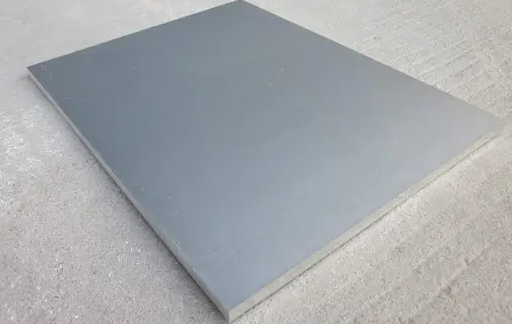(1) Classification by product shape.
According to the product shape, aluminum can be mainly divided into plate, strip, strip, foil, pipe, bar, profile, wire, powder, forgings, die forgings, cold pressed parts, etc.

(2) Classified by sectional area or mass.
According to the sectional area or mass, aluminum and aluminum alloy materials can be divided into super large, large, medium, small and super small categories. For example, die forgings with a projected area of more than 2 ㎡, profiles with a sectional area of more than 400C ㎡, and die castings with a mass of more than 10kg are all oversized products; However, profiles with a sectional area less than 0.1C ㎡ and die castings with a mass less than 0.1kg are called extra small products.
(3) It is classified according to the outline dimension of the product.
Aluminum and aluminum alloy materials can also be divided into extra large, large, medium and small and ultra small categories according to the overall outline size, outer diameter or circumscribed circle diameter of the product. For example, profiles with a width greater than 250mm and a length greater than 10m are large profiles, profiles with a width greater than 800mm are oversized profiles, and profiles with a width less than 10mm are ultra-small precision profiles
(4) Classified by product wall thickness.
According to the wall thickness of products, aluminum and aluminum alloy products can be divided into super thick, thick, thin, ultra thin and other categories. For example, the plate with thickness greater than 150mm is super thick plate, and the plate with thickness greater than 8mm is thick plate)
Medium plate with thickness of 2 ~ 8mm, thin plate with thickness less than 2mm, holding plate with thickness less than 0.5mm, aluminum foil with thickness less than 0.20mm, etc. The product variety, shape and specification range of aluminum and aluminum alloy will be discussed in detail in other chapters.
